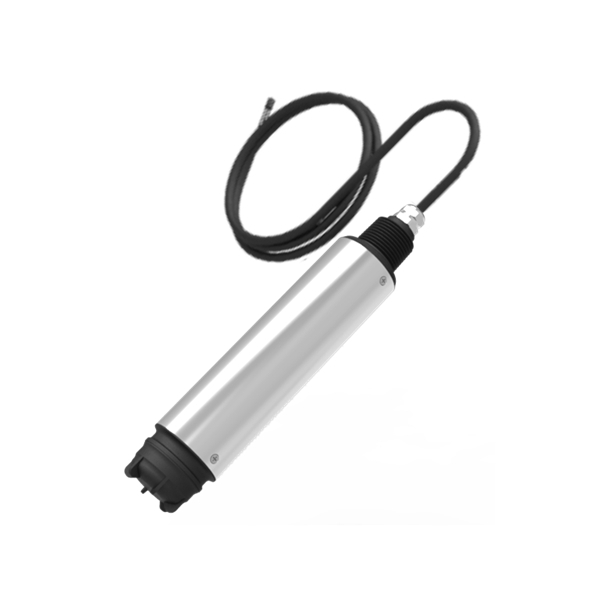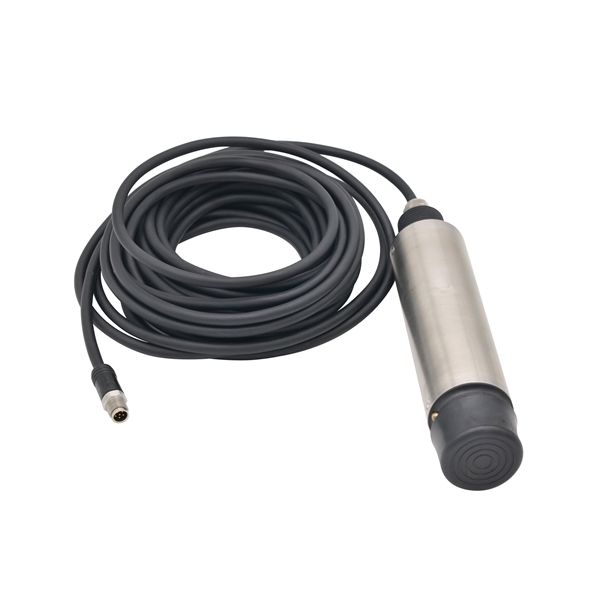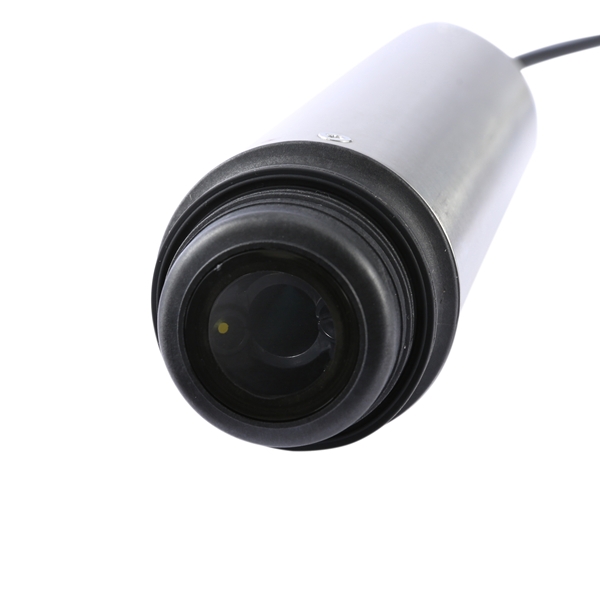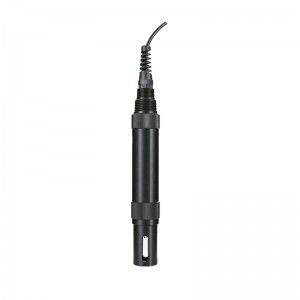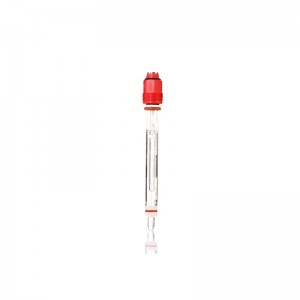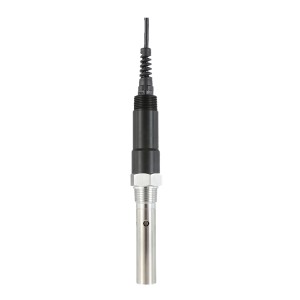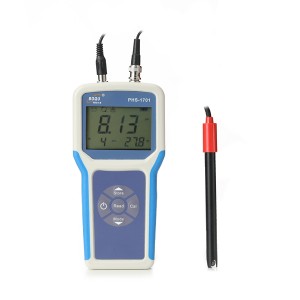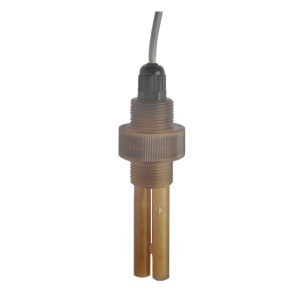What are the benefits of dissolved oxygen sensors compared with chemical test kits? This blog will introduce you to the advantages of these sensors and where they are often used. If you are interested, please read on.
What Is Dissolved Oxygen? Why Do We Need To Measure It?
Dissolved oxygen (DO) refers to the amount of oxygen present in water that is available for aquatic organisms to use. DO is a crucial aspect of water quality, and its measurement is important in various fields, including environmental monitoring, aquaculture, and wastewater treatment.
Definition and Measurement:
DO is defined as the amount of oxygen gas (O2) that is dissolved in water. It is measured in milligrams per liter (mg/L) or parts per million (ppm) and is influenced by various factors, such as temperature, pressure, and salinity.
DO can be measured using various instruments, such as dissolved oxygen sensors, dissolved oxygen meters, or chemical test kits.
Importance in Aquatic Environments:
DO is critical for the survival and growth of aquatic organisms, including fish, shellfish, and plants. Low levels of DO can result in stress, illness, and even death of aquatic organisms, while high levels can cause problems like algal blooms and decreased water clarity.
Environmental Monitoring:
Monitoring DO levels in natural water bodies, such as lakes and rivers, is important for assessing water quality and identifying potential pollution sources. DO levels can be affected by various human activities, such as wastewater discharges and agricultural runoff.
Aquaculture:
In aquaculture, maintaining adequate DO levels is essential for the health and growth of fish and other aquatic organisms. DO levels can be impacted by factors such as feed input, stocking density, and water exchange rates.
Wastewater Treatment:
In wastewater treatment, DO is used to support the growth of bacteria that break down organic matter. DO levels are carefully controlled to ensure optimal treatment efficiency and prevent the release of harmful pollutants into the environment.
The above are many places that need to detect DO. For many industrial applications or laboratory applications, dissolved oxygen sensors are the choice of many people. Do you know what dissolved oxygen sensors are? What are the benefits of dissolved oxygen sensors? The following will answer for you.
What Is A Dissolved Oxygen Sensor?
Dissolved oxygen sensors are used to measure the concentration of dissolved oxygen in a water supply, which is measured in parts per million (ppm). The sensor is typically located in the water supply line where it measures the level of oxygen.
What are the benefits of dissolved oxygen sensors compared with chemical test kits? Here are some benefits of the dissolved oxygen sensors compared with chemical test kits:
Real-Time Monitoring:
DO sensors provide real-time monitoring of DO levels, whereas chemical test kits require manual sampling and analysis? Real-time monitoring allows for immediate adjustments to be made to maintain optimal DO levels.
Higher Accuracy:
DO sensors provide more accurate and precise measurements of DO levels than chemical test kits. Chemical test kits can be affected by user error, temperature changes, and other factors that can impact accuracy.
Cost-Effective:
DO sensors are more cost-effective than chemical test kits in the long run. While DO sensors have a higher upfront cost, they require less frequent calibration and maintenance, and their durability makes them a more reliable investment.
Ease of Use:
DO sensors are easy to use and can be quickly integrated into monitoring systems. Chemical test kits require manual sampling and analysis, which can be time-consuming and require more expertise.
Versatility:
DO sensors can measure DO levels in a wide range of water types, including fresh, brackish, and marine water. Chemical test kits may not be suitable for all water types and can produce inaccurate results in certain conditions.
What Are The Benefits Of Dissolved Oxygen Sensors?
Dissolved oxygen (DO) sensors are important tools used in various fields to measure the amount of oxygen present in water. They provide many benefits and advantages, including improved accuracy, efficiency, and cost-effectiveness.
Next, take a popular dissolved oxygen (DO) sensor of BOQU as an example to briefly explain its advantages.
The BOQU IoT Digital Optical Dissolved Oxygen Sensor is a powerful tool that provides accurate and reliable measurements of dissolved oxygen levels in the water. It offers many benefits, including:
Improved Accuracy:
The sensor uses fluorescence measurement technology to provide accurate and reliable readings of dissolved oxygen levels in real-time. It offers a high level of precision and can detect changes in DO levels quickly, allowing for immediate adjustments to be made if necessary.
Ease of Maintenance:
The sensor is designed to be easy to maintain and requires minimal upkeep. The new oxygen-sensitive membrane and breakthrough fluorescence technology make maintenance virtually unnecessary, reducing costs and improving efficiency.
Versatility:
The BOQU IoT Digital Optical Dissolved Oxygen Sensor is a versatile tool that can be used in a wide range of applications, including wastewater treatment, aquaculture, and environmental monitoring. It can measure DO levels in various water types, including fresh, brackish, and marine water.
Convenient Operation:
The sensor features a user-friendly interface that simplifies operation and reduces the risk of errors. The system includes a visual alert system that provides important alarm functions, making it easy to monitor changes in DO levels.
Final words:
What are the benefits of dissolved oxygen sensors? In conclusion, the BOQU IoT Digital Optical Dissolved Oxygen Sensor is an excellent example of how dissolved oxygen sensors can provide many benefits and advantages over traditional methods.
Its accuracy, versatility, and ease of maintenance make it an essential tool for anyone working with water quality monitoring and management.
Post time: Mar-18-2023

